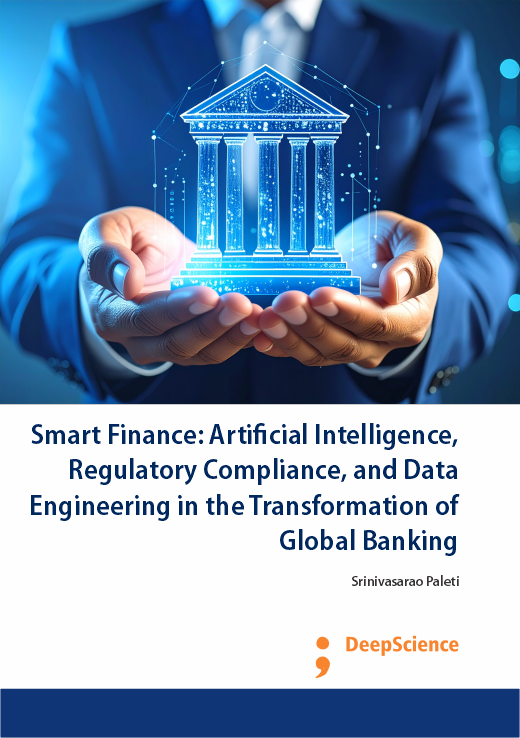Building next-generation robo-advisory platforms and artificial intelligence-powered wealth management solutions
Synopsis
Over the past several years, the wealth management landscape has undergone a transformative shift. An increasing number of technology companies, who serve as financial service aggregators, have entered the fore to claim a piece of the wealth advisory pie. Further, these companies have disrupted traditional investment firms by incorporating digital advisory capabilities into their technology suites. These capabilities offer consumers instant access to financial advisors via text or arrange a video call - any time, anywhere - which, until a few years ago, were exclusive to private banking clients. As a result, customers have become more demanding, requiring greater responsive timeliness from their preferred service providers. In parallel, they have gained access to a pay-as-you-use pricing model that allows them to cherry-pick which services they would like to pay for. This trend has also forced financial institutions to rethink their service delivery models from a cost-to-serve perspective. In order to achieve greater economies of scale and to optimize profitability, wealth managers have increasingly reasonable fees while delegating human advisers for more complex investment management transactions, thereby leaving younger, less affluent IRAs and 401K investors to rely on automating their investment needs by means of robo-advisors (Jung et al., 2018; Belanche et al., 2019; Ankenbrand et al., 2021).
An early example of a robo-advisory platform was the launch of a platform in mid-2010. It described itself as an automated financial advisor that allowed consumers to invest, similar to that of an exchange-traded fund, in an array of index-based portfolios for an annually portfolio management fee of 0.35 percent. Years later, it dropped its admin fee to 0.25 percent, attributing its decision to an increased availability of low-cost ETFs. Subsequently, other digital wealth managers adopted similar strategies, employing templated or standardized investment portfolios, thereby offering investors low-cost portfolio management services. In fact, both companies launched their robo-advisory service in early 2015, quoting fees of between 0 and 0.50 percent (Jung et al., 2018; Belanche et al., 2019; Ankenbrand et al., 2021).













